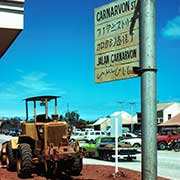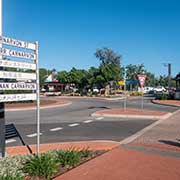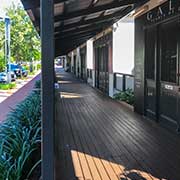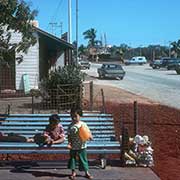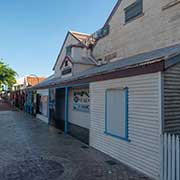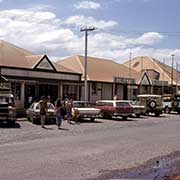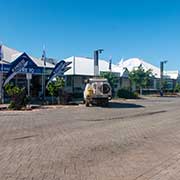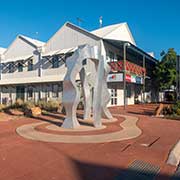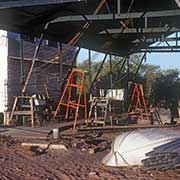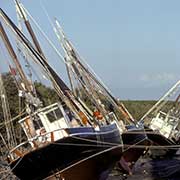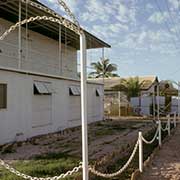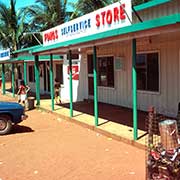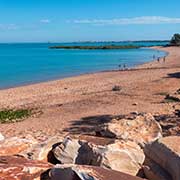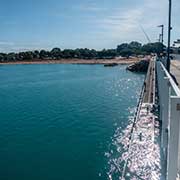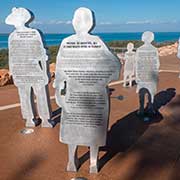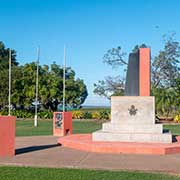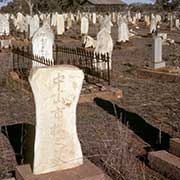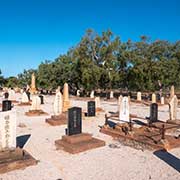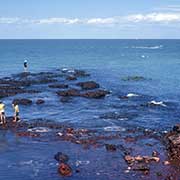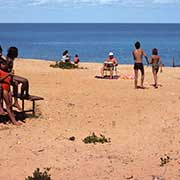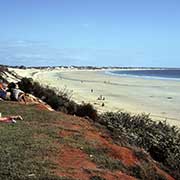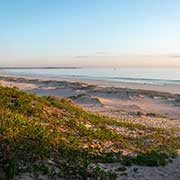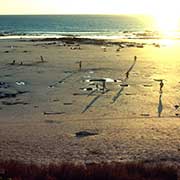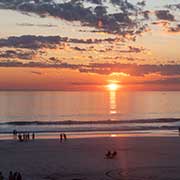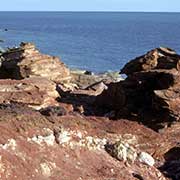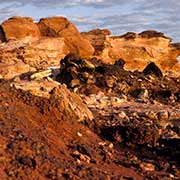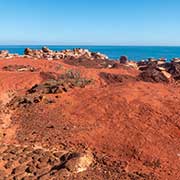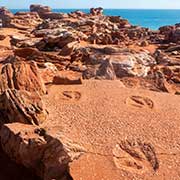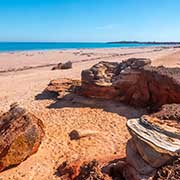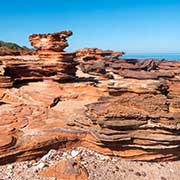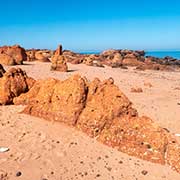Photos of Broome, the Pearl of Western Australia, Australia
Broome, the Pearl of Western Australia
The small town of Broome, on the northwest coast of Western Australia, facing the Indian Ocean, has one magical name that conjures up visions of a romantic past. Located on the traditional lands of the Yawuru people, it was established in 1883 as a port named after Sir Frederick Broome, the Governor of Western Australia. It was the site where an undersea telegraph cable was laid from Broome to Singapore and England in 1889.
you may then send it as a postcard if you wish.
BBroome’s past is firmly rooted in the pearling trade; the first pearling camps were established on Roebuck Bay in the 1860s, and Broome soon became a rugged, mosquito-ridden boomtown in the middle of nowhere. By 1900, more than 400 “luggers” and pearling boats worked the pearl beds off Broome. Mother-of-pearl was the mainstay, although, of course, finding genuine pearls was a bonus. By the 1920s, the Japanese controlled the diving here; it was dangerous work, with risks from sharks, malaria, lung infections and the bends. Around this time, the pearl beds were almost depleted, and collecting pearl shells to make buttons became the main activity. Pearling came to a halt when World War II broke out, and the Japanese divers were interned. Broome was bombed and all but abandoned. With the advent of plastics, demand for mother-of-pearl declined for buttons, but a few boats were still working in the fifties with some Japanese divers returning.
Nowadays, however, tourism has become the mainstay of Broome’s economy. There are beautiful beaches, like Cable Beach, where the telegraph cable left Australia’s shores for Singapore in 1889. It has a lovely tropical climate, and reminders of its colourful history are everywhere: Chinatown with its multilingual street signs, the Japanese cemetery, and pearling luggers at the pier. The town’s population is around 15,000, and it trebles during the tourist season.



